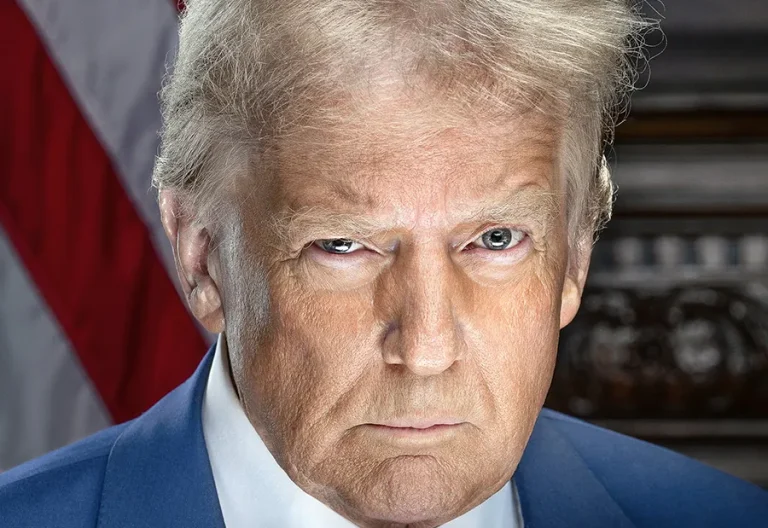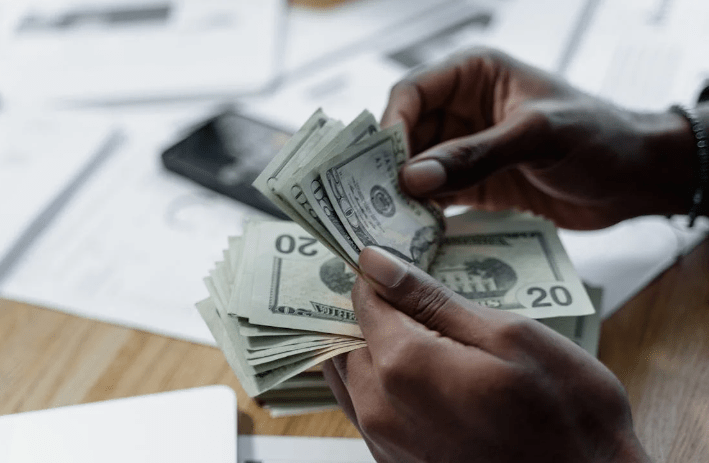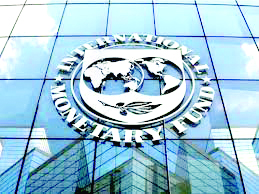Dollar steady as zero hour on Trump’s Liberation Day closes in

The dollar firmed a touch, and other currencies held in tight ranges on Wednesday as traders anxiously awaited details of U.S. President Donald Trump’splans for tariffs, which could upend the global trading system and shake financial markets.
The euro last bought $1.0784 [approximately Ksh139] while sterling fetched $1.2907 [approximately Ksh166], both easing slightly ahead of a White House Rose Garden announcement scheduled for 2000 GMT that will likely see the imposition of steep new duties on U.S. imports.
Trump has for weeks trumpeted April 2 as “Liberation Day,” and White House spokeswoman Karoline Leavitt said reciprocal tariffs on countries that impose duties on U.S. goods would take effect immediately after Trump’s announcement.
“Markets are going to be jittery ahead of the announcement,” said Carol Kong, a currency strategist at Commonwealth Bank of Australia.
“Sentiment is going to be driven by any further tariff headlines, and in turn that will drive currency moves ahead of the big announcement.”
Against the yen, the dollar rose very slightly to 149.70 .
The Australian dollar was up 0.36% at $0.62301 [approximately Ksh80], recovering slightly from a fall at the start of the week.
Details about the size and scope of the trade barriers set to come into force remain unknown, but the Washington Post reported that Trump’s aides were considering a plan that would raise duties on products by about 20% from nearly every country, rather than targeting certain countries or products.
“A wide blanket tariff globally capturing all the major trading partners with a 20%-25% tariff would be seen as most aggressive and likely elicit the biggest risk-off reaction,” said Derek Halpenny, head of research at MUFG.
“But there has been speculation that discussions on trade deals could exclude certain countries … and the more examples of that, the better the markets can take the announcements,” he said, citing Britain as one country that may get a carve-out.
Worries about the impact of an escalating global trade war on the world’s largest economy and a slew of weaker-than-expected U.S. data have stoked recession fears and in turn undermined the dollar this year.
The dollar has fallen around 4% this year due to worries about tariffs knocking U.S. growth, while the euro, pound and yen have risen
The dollar rose marginally against a basket of currencies to 104.28 on Wednesday, though that comes after the greenback clocked a 3.1% fall in March, its worst monthly performance since November 2022.
Data on Tuesday showed U.S. manufacturing contracted in March, while a measure of inflation at the factory gate jumped to the highest level in nearly three years amid rising anxiety over import tariffs.
“While a 20% blanket tariff rate would be theoretically seen as a net positive for the U.S. dollar, the market is most intently focused on whether tariffs accelerate the stagflation risk in the U.S. economy,” said Chris Weston, head of research at Pepperstone.
Elsewhere, the Canadian dollar slipped a touch to C$1.4304 [approximately Ksh129] per U.S. dollar, while the Mexican peso eased slightly to 20.389 per dollar.
Canadian Prime Minister Mark Carney spoke with Mexican President Claudia Sheinbaum on Tuesday about Canada’s plan to “fight unjustified trade actions” by the United States, the prime minister’s office said.
Bank of Japan Governor Kazuo Ueda meanwhile said on Wednesday that planned new U.S. tariffs could have a huge impact on world trade, warning of a possible hit to global growth.












